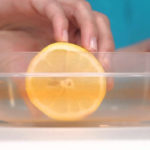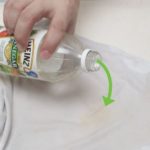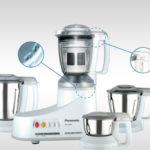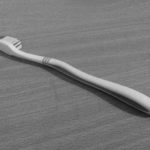We often come into contact with multiple surfaces in the kitchen during food preparation, such as countertops, drawer handles, the microwave, sink, and sponges. This frequent exposure makes it crucial to disinfect these areas daily or a few times a week to prevent bacterial buildup and cross-contamination.
Here are the dirtiest places in your kitchen and how to properly clean them:
1. Drawer Knobs, Shelves, and Appliance Handles
Each appliance in your kitchen, such as the microwave, oven, and blender, has control panels or handles that are touched every time they are used. It’s important to remember to clean all knobs, buttons, or panels weekly as they are often overlooked when we thoroughly clean our kitchens. This is especially important if you touch them while cooking or handling raw food, as they can harbor a lot of germs and grime.
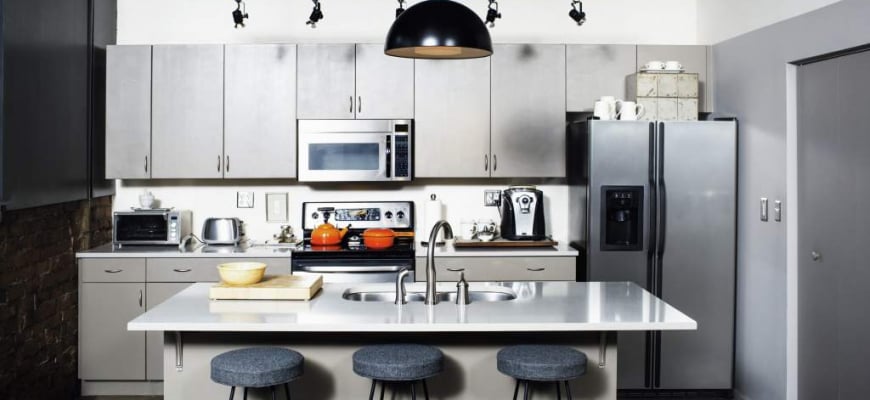
Keep Knobs and Handles Clean
Additionally, ensure you clean kitchen cabinet handles, appliance handles, and control panels with disinfectant wipes or disinfectant spray and a clean cloth or paper towel.
2. Sink
Don’t assume that using the sink will clean it; bacteria can still lurk on its surfaces, especially in the crevices where the sink joins the countertop, around the drain, and in the garbage disposal. Disinfect the sink after each meal preparation, dishwashing session, or at least once a day. Also, pay attention to the faucet handles and the countertop area near the sink. Use a dedicated sink cleaner and a clean cloth or disposable disinfectant wipe.
3. Sponges, Brushes, and Dishcloths
Many households use sponges, scrub brushes, and cloth dish towels. However, kitchen sponges and scrub brushes can harbor high levels of bacteria if not cleaned and disinfected properly. If you use these products, be sure to rinse them with hot water after each use or cleaning session.

Clean Sponges and Brushes After Each Use
4. Refrigerator
In addition to the bacteria that may be present on the handles and control panels of your refrigerator, some harmful bacteria can still grow inside, despite the cold temperatures.
Most fruits and vegetables stay fresher when stored unwashed. To prevent bacterial infiltration, regularly clean the drawers where they are stored to avoid future contamination, as food residue or bacteria may cling to these trays. The same goes for storing raw meat in the refrigerator. Meat, fish, and other raw foods can leak, bringing in even more bacteria.
To eliminate bacteria, yeast, and mold that may grow inside your refrigerator, remove the drawers or shelves monthly and wash them with a mild detergent and hot or warm water. Dry them with a clean cloth or paper towel.
5. Cutting Boards
Cutting boards, especially wooden ones, can harbor bacteria in the wood grains, even after a single use. It’s best to have at least two separate cutting boards: one for fruits and vegetables and another for meat. This will help reduce cross-contamination during food preparation.
Wash each cutting board after every use with hot water and dish soap. Then, thoroughly dry it with a paper towel or clean dishcloth. Don’t let the cutting board air dry, as bacteria thrive in warm, moist environments.
6. Coffee Maker, Blender, Milk Frother, and Small Appliances
Even clean water, when left to dry in the nooks and crannies of appliances and small equipment, can create the perfect environment for bacteria, yeast, and mold to grow.
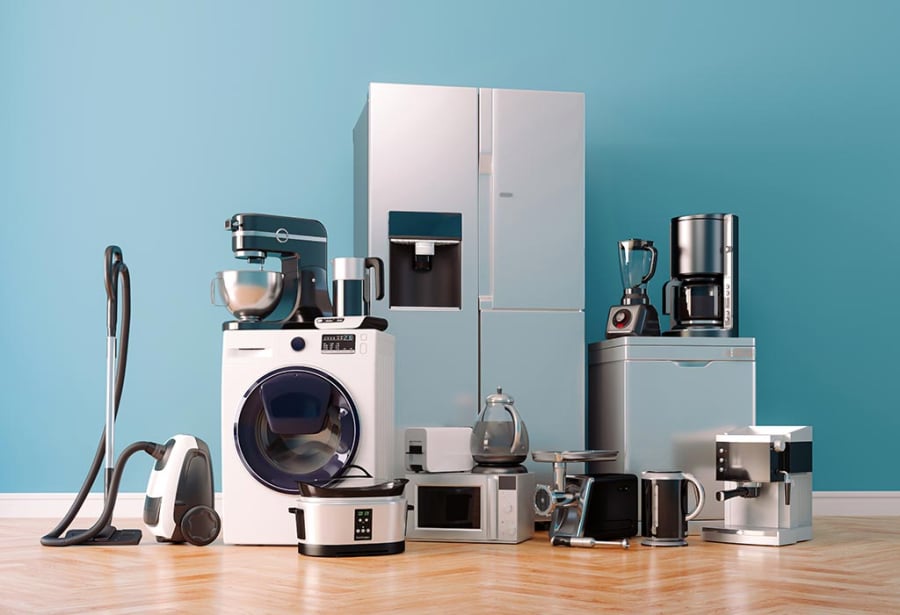
Clean and Dry Small Appliance Parts to Prevent Bacteria
Some small appliances need to be cleaned after each use. Disassemble and thoroughly clean each part. Wash them with dish soap and rinse them with hot water, then completely dry them.
7. Countertops
Don’t neglect your countertops—they are where we often place our purses, shopping bags, and other items, and it’s also where we prepare meals. Use disinfectant wipes or a clean cloth with disinfectant spray to wipe down the counters before food preparation or at least once a day.
At least once a week, take the time to clean the corners, under small appliances, and the crevices along the edges between the countertop and the appliances or refrigerator. Bacteria can hide in these places and potentially harm your health.


























